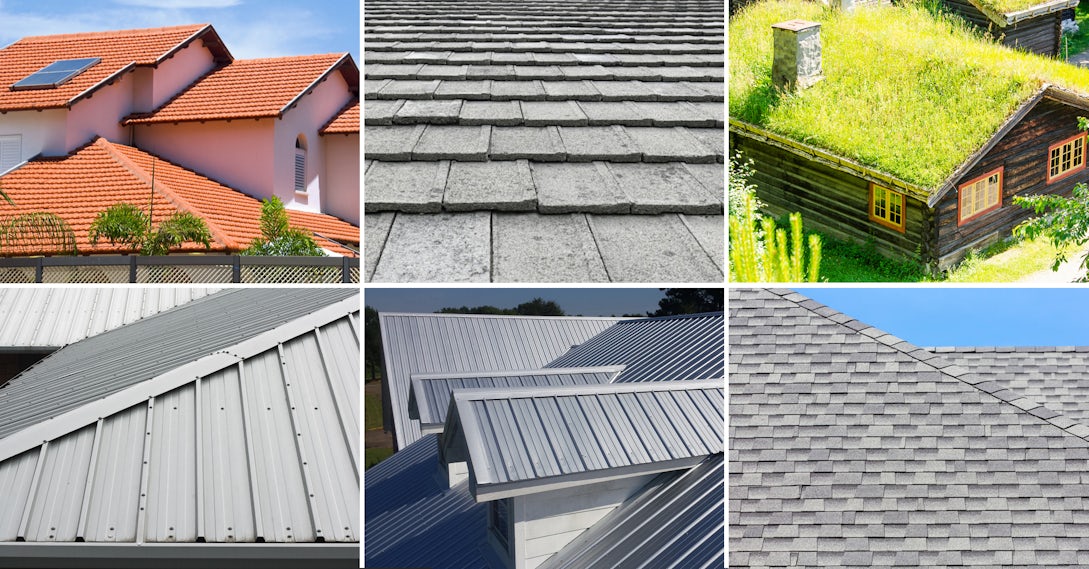Each week, Architizer is highlighting a different building product and how to specify it. This week’s topic is fiber cement cladding. If you’re looking for the perfect fiber cement panels for your next project, search for them on Architizer’s new network marketplace for building-products. Click here to join our waitlist. It’s free for architects.
If fiber cement were a character from a teen rom-com, it would be the nice guy, the reliable friend who is not too flashy or too demanding and stands by you even as you opt for the flashier date, only to be there with open arms when you go over budget and realize you had the right answer standing in front of you the whole time.
OK, don’t focus too much on the metaphor; the point is that fiber cement cladding is a great, durable low-cost alternative to more extravagant siding options like wood and stone. It’s usually a background material, the kind of nice lightly textured stuff that you could walk by every day and not notice. But when you do notice it, you realize that it’s actually kind of pretty. Maybe it’s gently washed with gray tones, or it’s neatly accented with corner screws, or tiled in a nice fractal pattern. Huh. It looks pretty good.

Fiber cement — the Paul Rudd of building materials (clip of him in “Clueless”)
Fiber cement is usually compared to other budget-friendly heavily processed materials like PVC or aluminum panels. There are a variety of reasons that you could pick fiber cement over other options, but one of the main reasons that designers opt for fiber cement over other low-cost alternatives is that, if detailed properly, it can look like a much more expensive product. Dense high-quality fiber cement panels can mimic the appearance of stone or concrete at much lower cost. If you’re looking for a relatively cheap option but still want a nice slightly textured finish, fiber cement could be a good choice.
© Michael Moran Photography
36SML Beach House by Levenbetts uses fiber cement panels to clad its upper story.
During the Industrial Revolution, a lot of new materials were made by soaking fabric or mixing fiber into durable materials like asphalt or cement that would harden or dry. The fiber bits provide internal stability to the material, almost like millions of tiny little bits of rebar in concrete block.
Originally, asbestos, a naturally occurring mineral fiber, was used as the reinforcement in fiber cement, but after studies showed that asbestos is carcinogenic, the mineral has been replaced with cellulose, the harmless and plentiful material that gives wood its rigidity. The cellulose is mixed with sand and concrete, which makes panels fire- and rot-resistant.


Top: Ricola Storage Building by Herzog & de Meuron completed in 1988, images via a f a s i aarchzine; bottom: fiber cement panels imitating wood siding, image via North Knox Siding and Windows. Get yourself a material that can do both.
Because the material is durable and inexpensive, it’s popular in suburban commercial and residential developments that might not have a huge budget. It is commonly used as a replacement for wood cladding, even coming in varieties with a faux grain built into it. Some architects have experimented with expressing it as a raw material; Herzog & de Meuron used it in an early project alongside an exposed timber structure, letting the fiber cement stand on its own.

So if you’re interested in the look and feel of stone but don’t always have the budget for it, fiber cement is a great material to know how to use. It has a lot of potential that designers have only started exploring. Levenbetts has used the material on multiple projects, tiling panels of slightly different sizes and tones for an understated, clean effect, and Delugan Meissl Associated Architects has used it as a dark intricately tiled skin for a crystalline mass. It’s relatively easy to cut into whatever shape you want, and because the material is so common, contractors should know how to install it relatively well.

© Block Architectes
James Hardie is the biggest name in the game, and Hardie board is almost synonymous with fiber cement panel in North America. There are a variety of manufacturers, though, around the world, and it’s worth researching what’s available. Because manufacturing fiber cement panels is a heavy-industry process, there aren’t a lot of small or local brands, but there are enough to provide a variety of options. Of course, you should be starting that search in Source or more generally on our product database here.
So don’t be afraid to ask fiber cement to dance! Sure, it’s not marble or cedar or what have you, but he cleans up pretty good and shows you a good time. This week’s articles will tell you how you can select fiber cement panel, what some of your best options are, how the material is detailed and installed, and just about everything you need to know about fiber cement. Have any questions? Let us know below or send us some links on Twitter! @ us in your favorite fiber cement projects on Instagram; at the end of the week, let us know what we missed; and, as always, happy building!
Having a nightmare specifying the ideal fiber cement cladding for your latest project? Save time, money and your sanity by searching on Architizer’s new online marketplace for building-products. Click here to sign up for the waitlist now.









